AI background removers come in all shapes and sizes, but they all create transparent backgrounds around a main subject. Imagewith.AI's Outcut feature is one easy-to-use option with superior detection than most other AIs on the market. Another popular choice is the Pixlr Background Removal Tool.
AI-powered tools like these help with everything from creating amazing pop-out silhouettes, to simply swapping out backdrops on a stock photo. They work by detecting an image's main subject and removing everything around it.
Pixlr is far from the only AI background remover, but it’s a tried and true method. Plus, it offers a full photo editing suite for those who need it. In this guide, you will learn how to remove the background of your photos in seconds using Pixlr. We will cover both Pixlr E and Pixlr X, including tips for cleaning up your image if the AI makes mistakes.
Why Should You Use a Background Remover?
Using a background remover AI can help you create professional graphic designs in much less time than it would take to complete the task manually.
The main benefit of removing the background of your photo is that it makes the subject stand out in a unique and eye-catching way. You can even add shadows or borders to your separated image, making the subject pop even more.
It’s also helpful to remove backgrounds when you just don’t need all of those extra pixels for your project. Maybe the current backdrop is too noisy, or you want the subject to fit around text easier. Deleting the background will make it easier for viewers to focus on the key points of your image.
You can use images with transparent backgrounds in a variety of different projects:
- Product silos (silhouettes)
- Website imagery
- Posters and magazine pages
- Social media ads
- And more
Even if your project doesn’t really need a subject outcut, you can still use a background remover to your advantage. Splitting an image into subject and background makes it easier to edit parts of it in isolation.
If you wanted to only color grade the subject, a background remover would let you easily tweak the color and exposure without altering the rest of the image.
Step 1: Open the Pixlr Desktop Editor
Navigate to the Pixlr website to use one of their desktop editors. Pixlr’s BG remover AI is actually available in three of these editors.
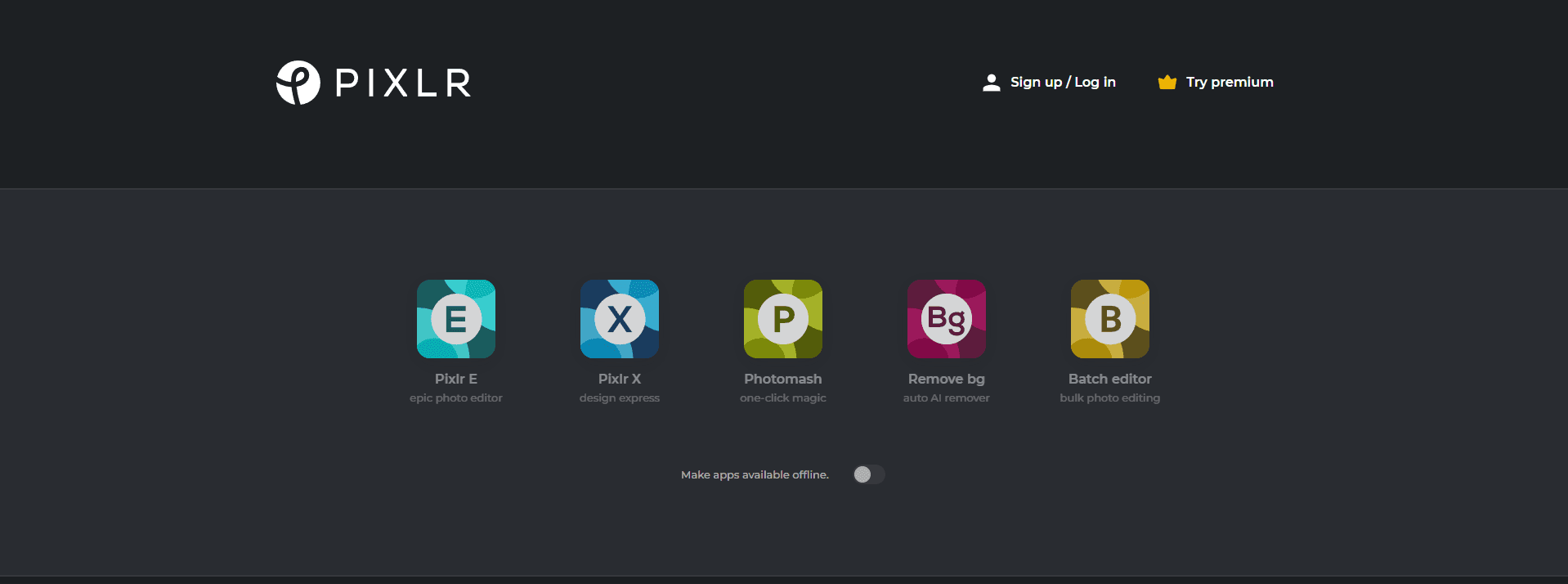
What’s The Difference Between the Pixlr E vs. Pixlr X Editors?
The Pixlr E editor is for heavier photo design and editing, whereas the Pixlr X editor is a simpler version for basic design.
A beginner might have a harder time using Pixlr E for their photo editing. On the flip side, it has the most options and is by far the better option for heavier photo editing or experienced editors.
For background removal purposes, you can go to either Pixlr E or Pixlr X without much issue.
You can use Pixlr’s apps without logging in or signing up. However, you will need to create an account if you want to save your work and come back to it later.
It should only take 1 - 10 seconds to load the Pixlr editor. If it takes longer than that, try checking your internet connection and refreshing the page.
Step 2: Open Your Image in Pixlr
Once you enter the desktop editor, you will be asked to either Open Image or Create New.

Press Open Image and navigate to the image you want to edit. It will need to be correctly formatted in either JPEG, PNG, GIF, TIFF, or BMP.
Pixlr can accept images with large resolution sizes In fact, you can import images to Pixlr with resolutions up to 8196 x 8196p. Despite Pixlr’s ability to edit high-res photos, it will allow you to scale extra large images down to reduce lag and memory usage.
Your image will pop up in the Pixlr editor once uploaded, ready for use.
What Photos Work With AI Background Removal Tools?
Creating cut-out imagery isn’t difficult, but not every photo works with AI cut-out tools. Your photo should have:
- Relevant objects in image are clear and in focus
- There is a single subject defined in the foreground
- Enough color contrast between subject and background
- Enough texture contrast between subject and background
Let’s look at some examples.
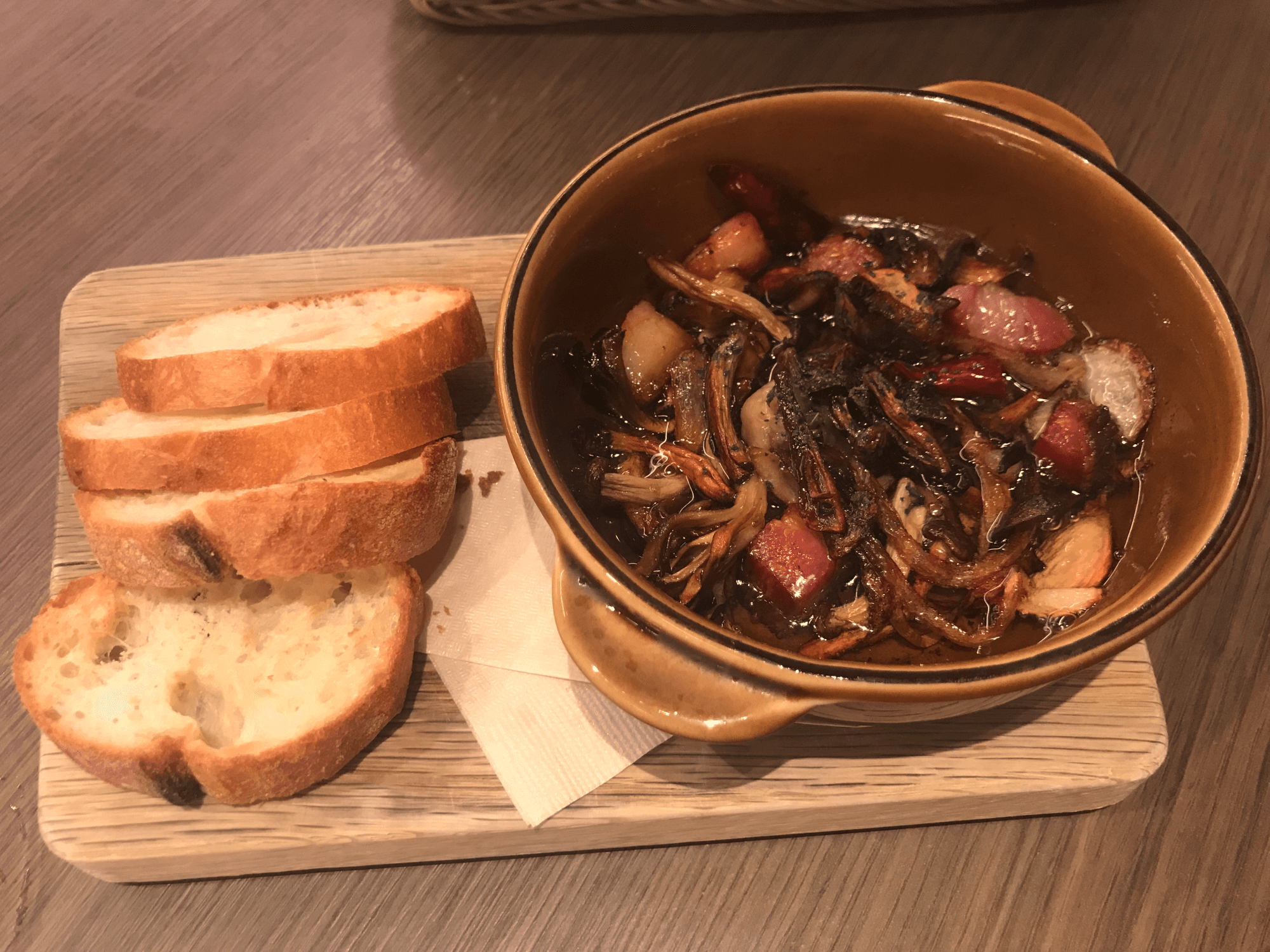
The AI will have a difficult time trying to remove the wooden table background in this photo of a bisque with bread. There are similar textures and colors, especially between the serving board and the table.
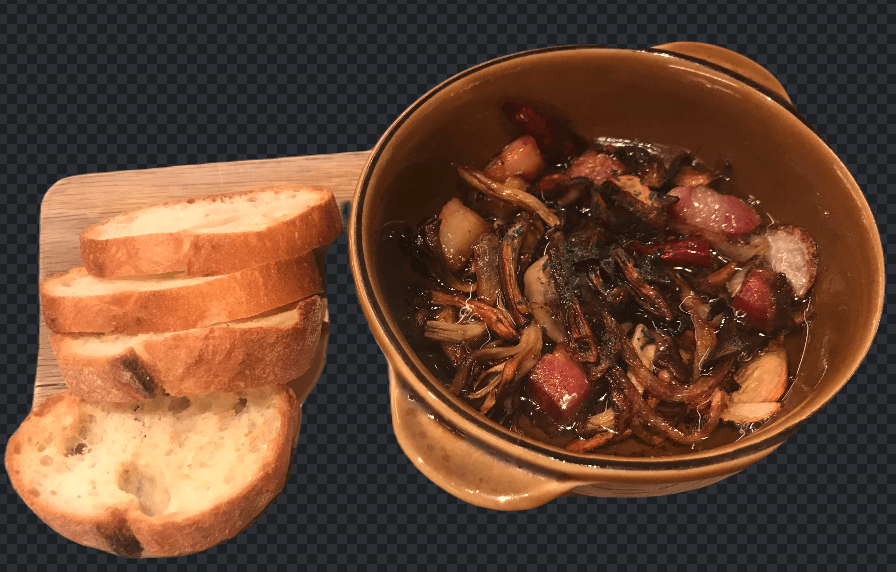
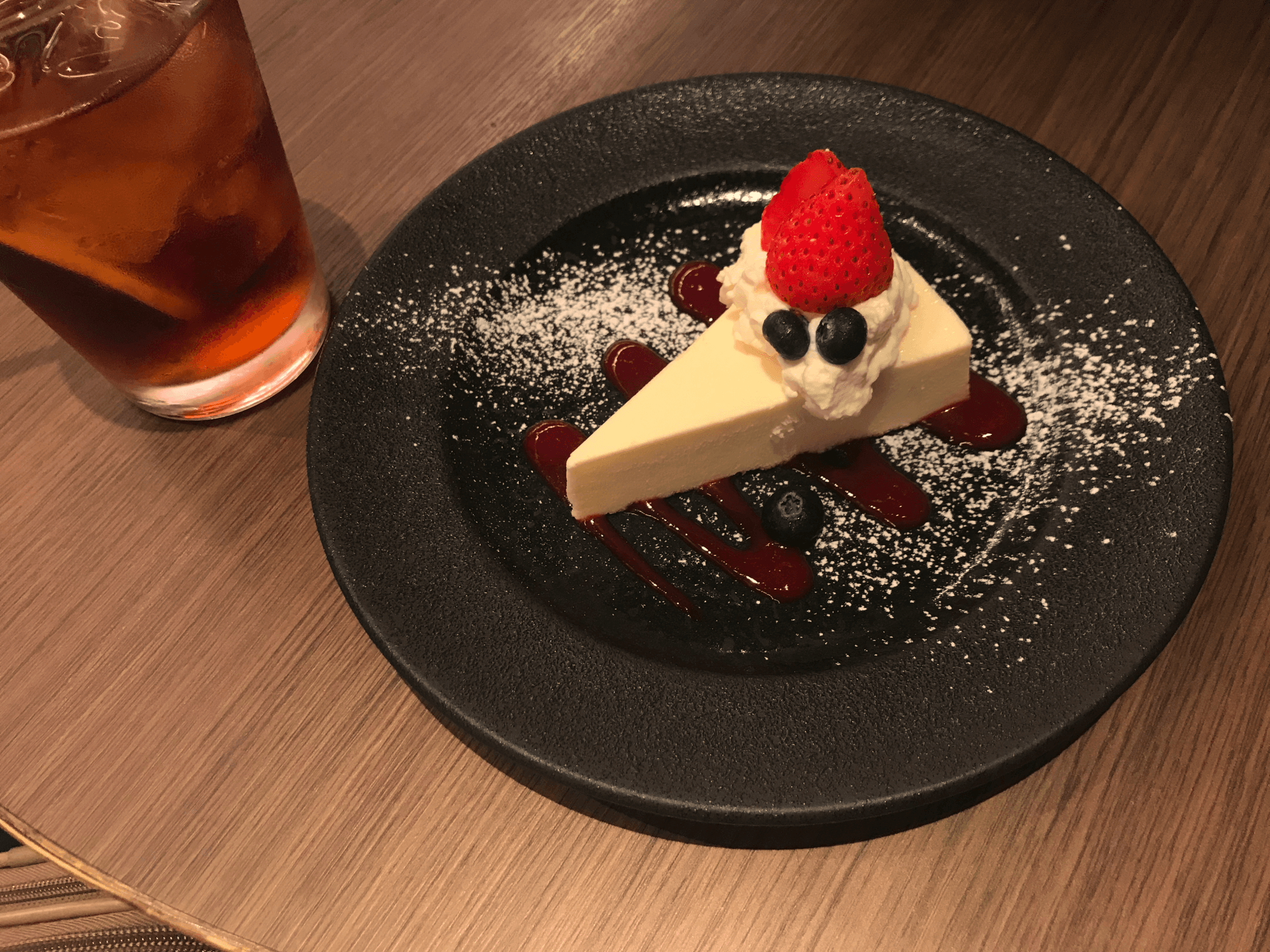
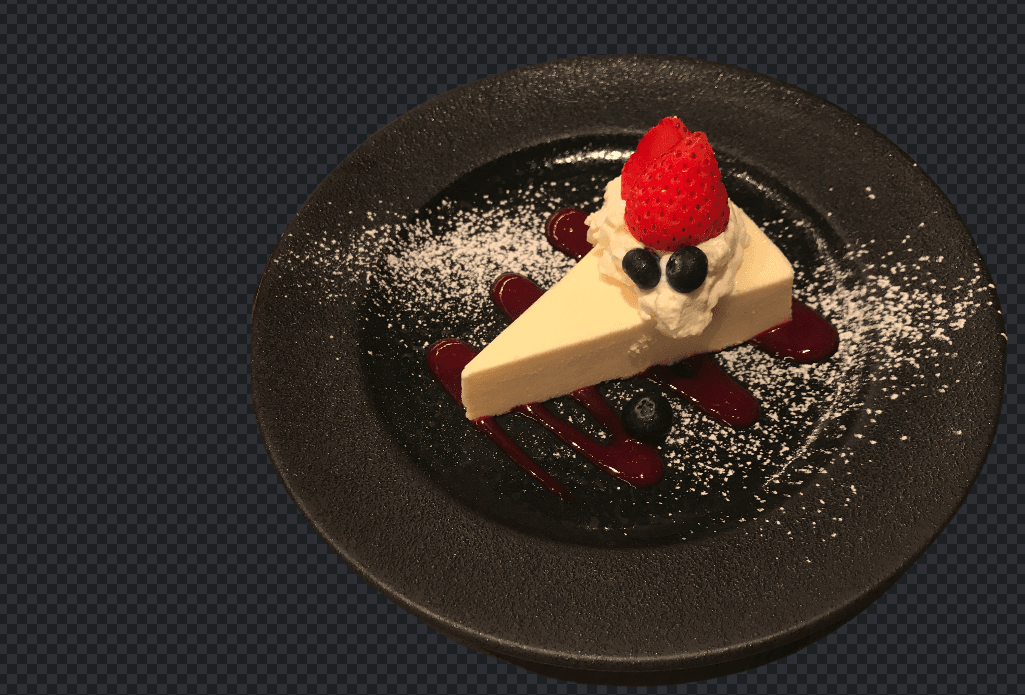
It’s possible to use an AI background removal tool on a photo that doesn’t follow these rules. You will simply need to do more manual work– typically, using add/subtract tools can finish the job nicely.
Step 3: Use Pixlr’s Cut Tool and Set to AI Auto
On the left hand toolbar, locate the Cut Tool and click on it. The Cut Tool is represented by a pair of scissors in both Pixlr E and Pixlr X.
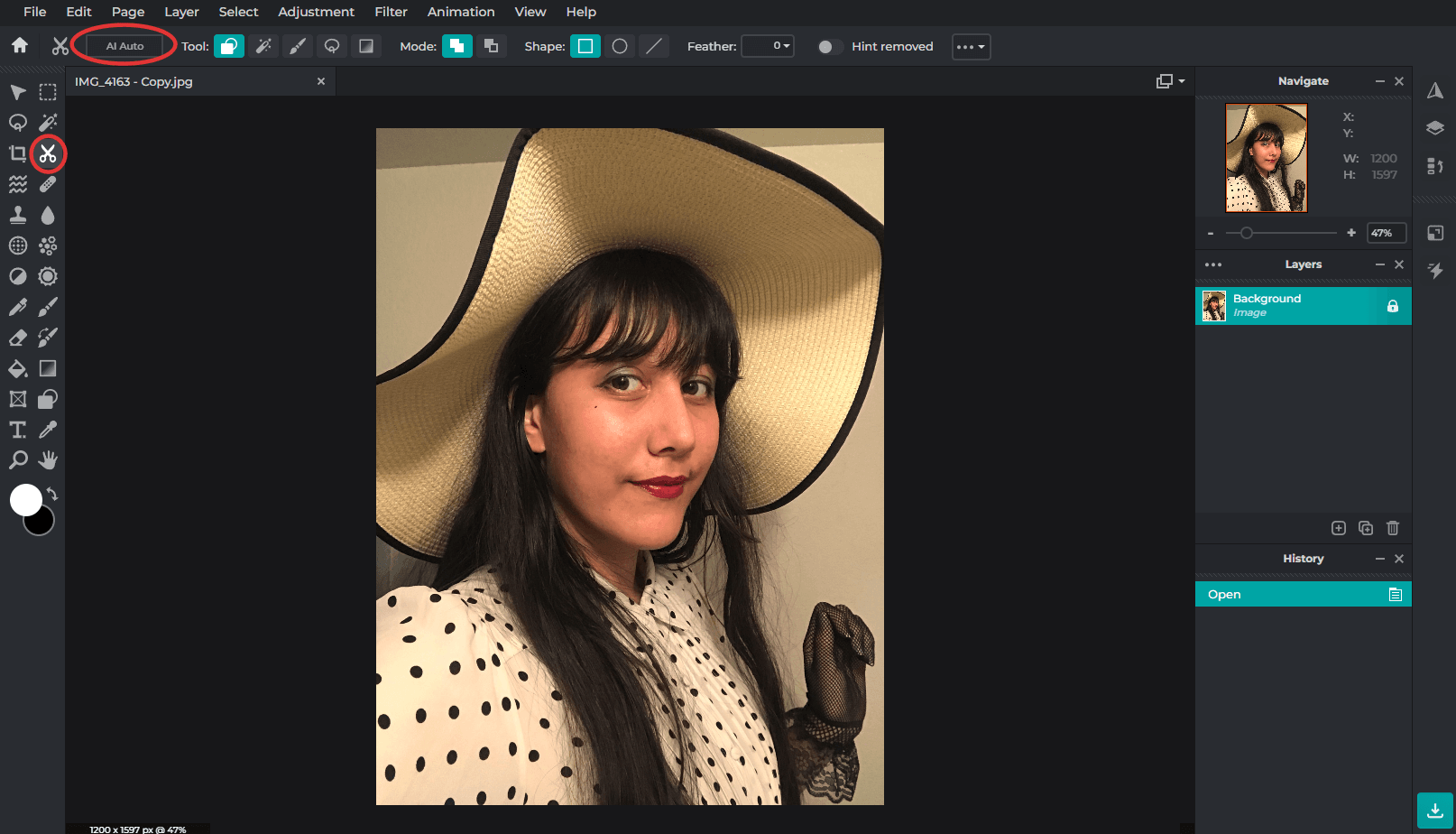
They do the same thing, even though they’re labeled differently. Pressing the button will automatically remove the background behind your subject. However, this is just a preview of what the final product will look like.
Step 4: Use Add and Subtract Tools to Clean Up Your Image
Before you accept the preview that Pixlr’s AI has generated, you need to inspect it for problems. Zoom in and out as necessary, paying attention to the edges of the image. You want your image to be as clean as possible with a smooth outline.
The most common problem with AI background removers is failing to pick out the subject from the background. If the background has similar colors or textures to your desired subject, it’s possible that the outcut in ImageWith.AI will have made mistakes.
The result is an image with chunks of the subject missing, or patches of background still attached. You can see this issue happen with the hat in our example image.
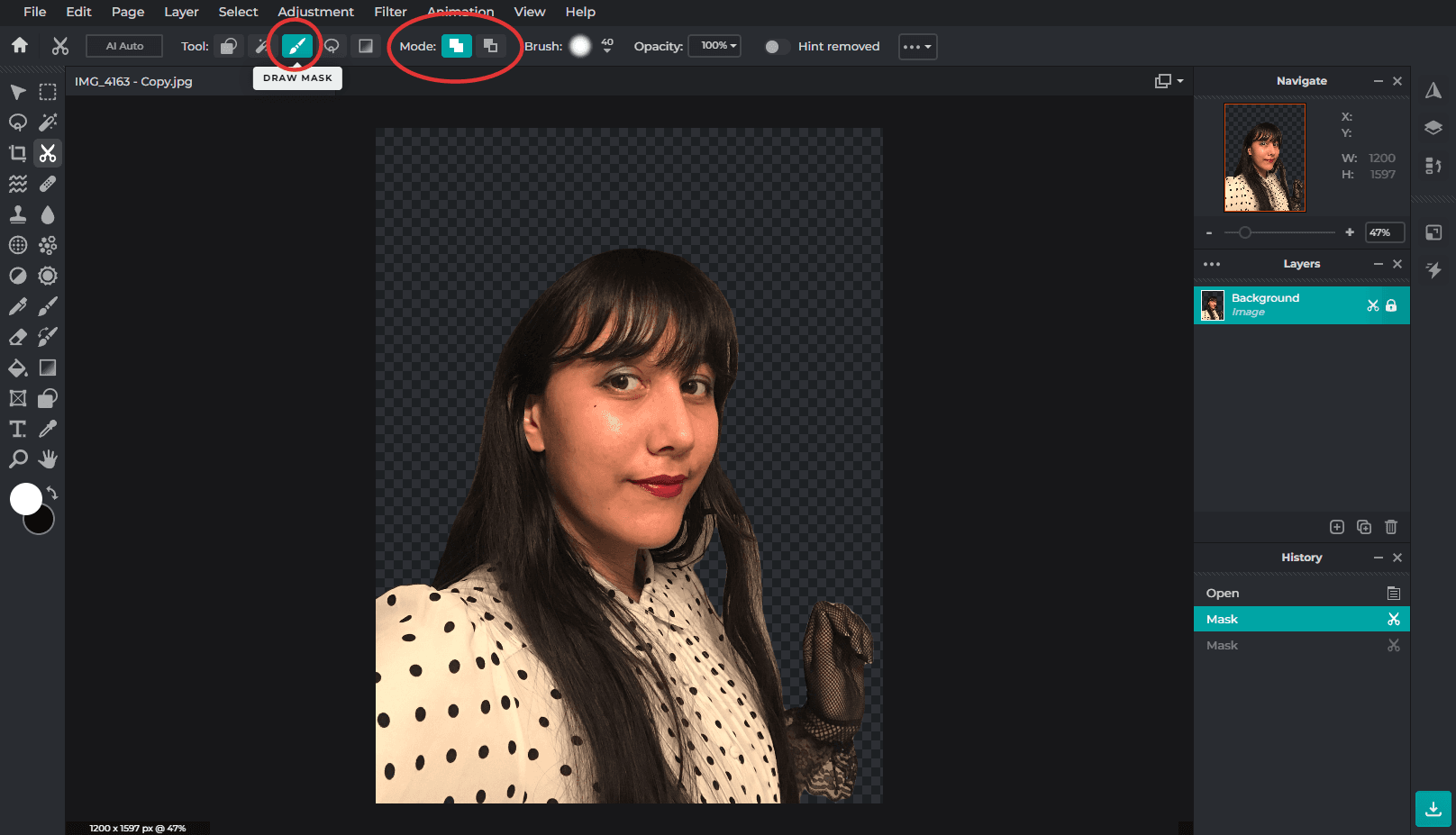
Pro Tip: Toggle Hint Removed to see the full picture behind your work. This makes it easier to fill in areas that the AI tried to delete.
You can change Brush Size and Opacity just like you would any other tool. Start with a large brush size to add back in the majority of missing content. Then, switch to a smaller brush size to complete detail work around the edges.
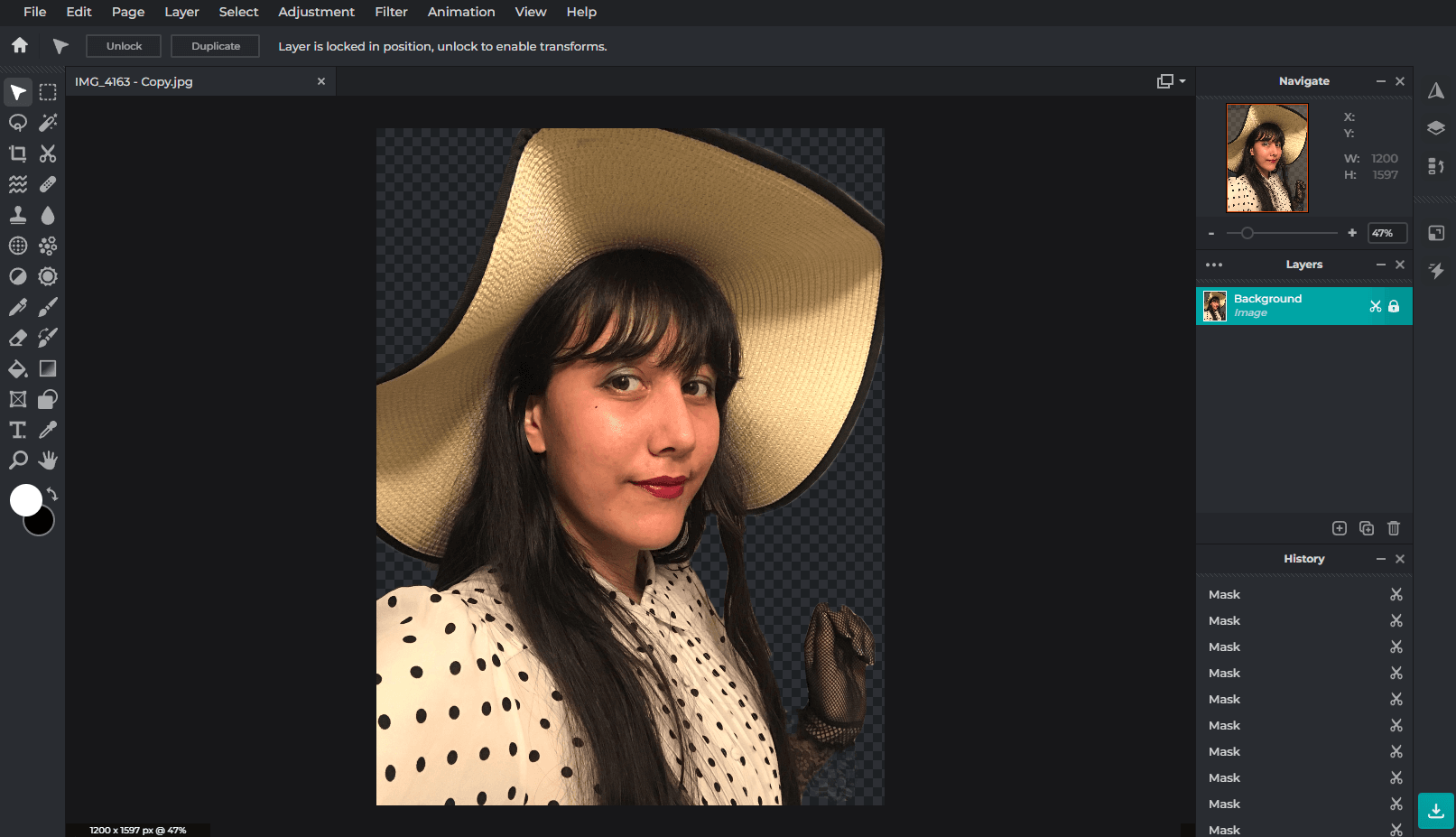
If Pixlr’s AI tool just isn’t cutting it– no pun intended– you can always try another AI image editor. Since every AI model is unique, it might give cleaner results with your particular image.
Imagewith.AI’s outcut tool is better at separating subjects from the background in some cases. As you can see here, running the exact same example image through Imagewith.AI gives a better result right from the start.

Step 5: Save Your New Cut-Out Image
Press File and then Save to download your image with a transparent background. On Pixlr X, you can press the Save button in the bottom right.
Pixlr will prompt you to save in one of four formats. These formats include JPG, PNG, WebP, or Pixlr’s own format, PXZ.
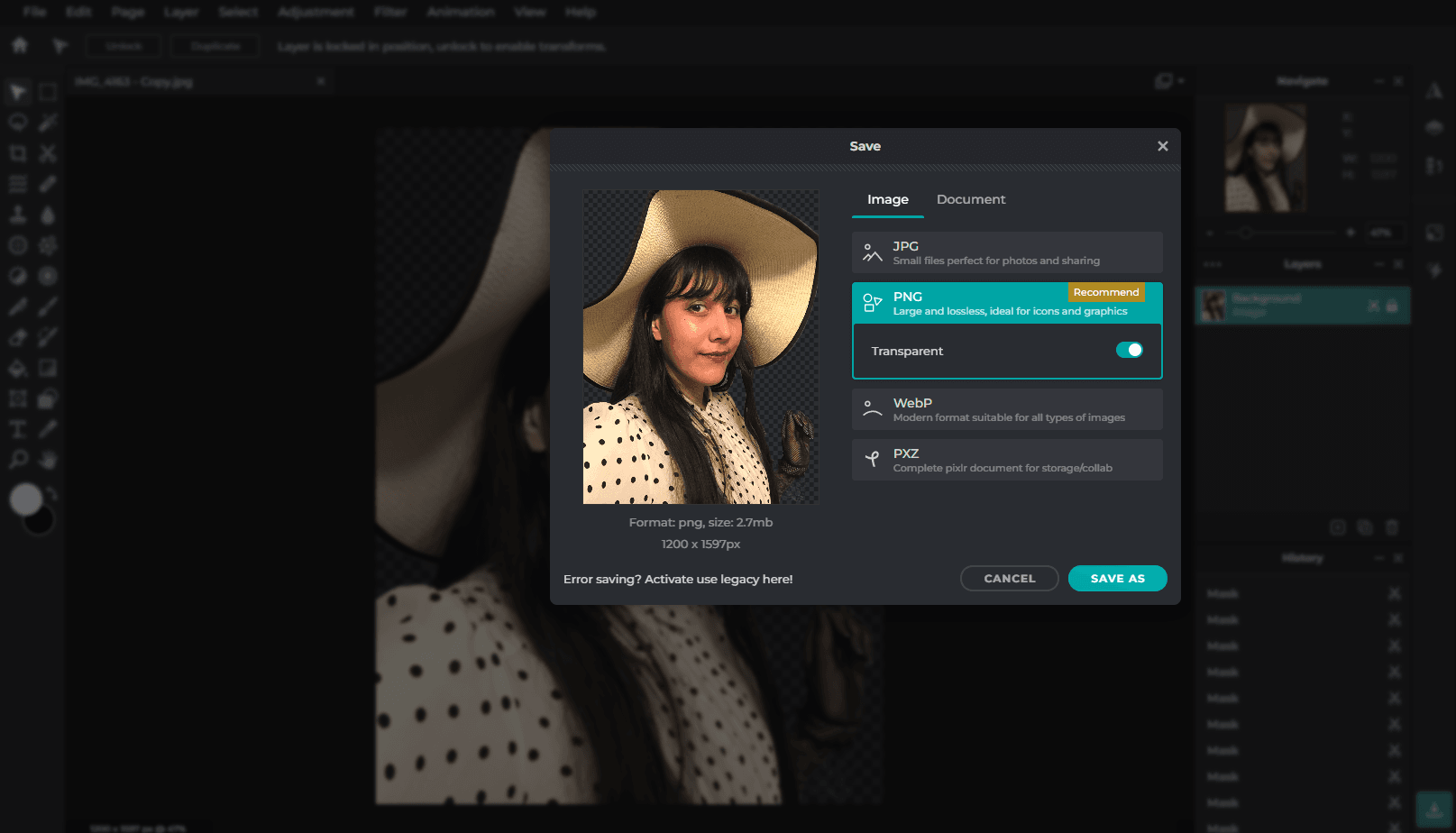
Downloading your image as a PNG or JPG will flatten your image, compiling all of the layers together. You can edit the layered image at a later date if you create an account.
Either way, you now have an outcut image with a fully transparent background– completely generated within seconds!
As you continue on your image editing journey, you might need to make use of some other AI tools. Imagewith.AI has a full suite of tools you can use for image enhancement.
Need your image to be higher quality? Use Imagewith.AI’s Overscale tool.
Or remove unwanted objects with Imagewith.AI’s Clearoff tool.






